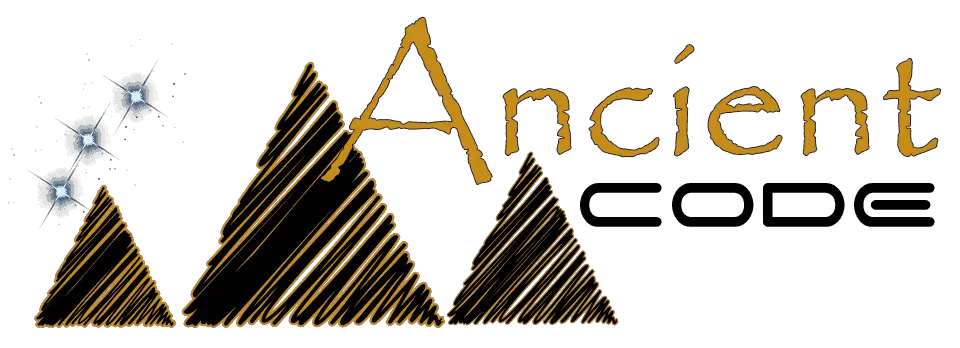YouTube Video Here: https://www.youtube.com/embed/bRny1wok0Ao?start=10&feature=oembed One of the strangest videos showing alleged giants popped up on the internet 11 years ago…
The ring that inspired Tolkien in writing the trilogy of ‘The Lord of the Rings’ and ‘The Hobbit’, exists and…
Archon or Archons were referred to in antiquity as the servants of the Demiurge, the creator god Standing between the…
YouTube Video Here: https://www.youtube.com/embed/CB-dXqgpQK0?feature=oembed&enablejsapi=1 Despite the fact that the discovery sounds like an excellent beginning for a new Indiana Jones…
The Emerald Tablet, aka Smaragdine Table, or Tabula Smaragdina is an ancient text that is said to contain the secret…
YouTube Video Here: https://www.youtube.com/embed/svI5-gHA-nk?feature=oembed&enablejsapi=1 Is NASA set out to help India archaeologists to investigate 10,000-year-old paintings of what appears to…
Located 45 miles west of La Paz high in the Andes mountains, lie the mystifying ancient ruins of Puma Punku.…
YouTube Video Here: https://www.youtube.com/embed/wPY2RBu9GjY?feature=oembed&enablejsapi=1 The legend of the Pururaucas soldiers or stone soldiers is an Inca legend that mystifies the…
More than 80 years ago, Chinese archaeologists discovered a cave system with chilling skeletons with elongated heads, a cosmic map,…
Massive monoliths quarried by man can be found all over the planet. The most straightforward definition of a monolith? A…

